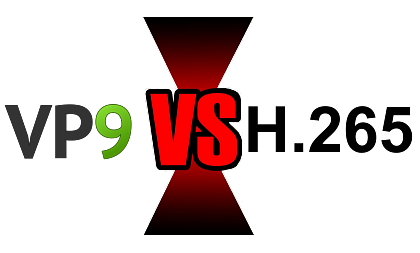
Media Services supports the following built-in encoding presets: BuiltInStandardEncoderPresetīuiltInStandardEncoderPreset is used to set a built-in preset for encoding the input video with the Standard Encoder. You shouldn't modify or remove the MPI file, or take any dependency in your service on the existence (or not) of such a file. This MPI file is intended to improve performance for dynamic packaging and streaming scenarios. mpi file is generated and added to the output Asset.
#Macxvideo video transcoder mp4
Starting with January 2019, when encoding with the Standard Encoder to produce MP4 file(s), a new. You can get started quickly with one of the recommended built-in presets based on industry best practices or you can choose to build a custom preset to target your specific scenario or device requirements. For example, you can specify the video resolution and/or the number of audio channels you want in the encoded content.

In Media Services v3, you use Standard Encoder to encode your files. When encoding with Media Services, you use presets to tell the encoder how the input media files should be processed. For more information, see Transforms and Jobs. The transform defines a recipe for your encoding settings and outputs the job is an instance of the recipe. To encode with Media Services v3, you need to create a Transform and a Job.

This requires you to create a Streaming Locator and build streaming URLs corresponding to the supported protocols, which can then be handed off to devices/apps based on their capabilities. You can then use the Dynamic Packaging capability in Media Services to deliver the video via streaming protocols like MPEG-DASH and HLS. In doing so, you'll get a set of MP4 files and associated streaming configuration files written to an Asset in your storage account. You can use Media Services to encode your mezzanine files at multiple bitrates. This results in a so-called encoding ladder–a table of resolutions and bitrates (see auto-generated adaptive bitrate ladder or use the recommended content aware encoding preset). To ensure graceful transition of quality, the resolution of the video is lowered as the bitrate is lowered.

To prepare content for delivery by adaptive bitrate streaming, the mezzanine file needs to be encoded at multiple bitrates (high to low).Otherwise, you can use Media Services to list the asset container URLs. If you created the output Asset with a specific container name in storage, use that location. You can use the Azure Storage APIs or SDKs (for example, Storage REST API or. This MP4 file is written to an Asset in your storage account. To deliver by progressive download, you can use Azure Media Services to convert a digital media file (mezzanine) into an MP4 file, which contains video that's been encoded with the H.264 codec, and audio that's been encoded with the AAC codec.For example, a job that has reached 50% progress and is canceled is not billed at 50% of the job minutes. Media Services does not bill for canceled or errored jobs.


 0 kommentar(er)
0 kommentar(er)
